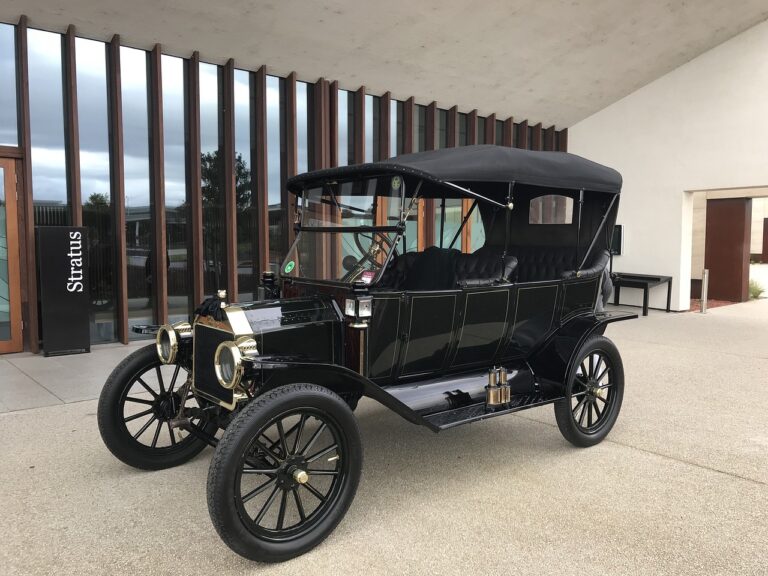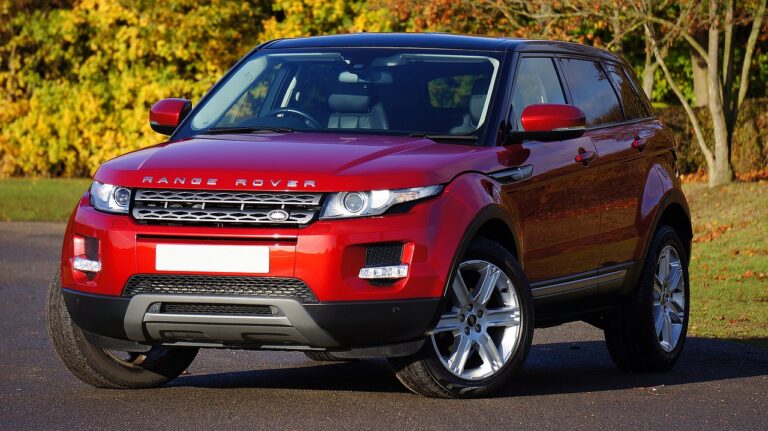The Future of Autonomous Vehicles: Design Challenges and Solutions
betbhai9.com whatsapp number, radhe exchange id, lotus365 login: The future of autonomous vehicles is exciting and full of promise, with the potential to revolutionize transportation as we know it. However, as with any new technology, there are design challenges that need to be overcome in order to fully realize this potential. In this article, we will explore some of the key design challenges facing autonomous vehicles and discuss potential solutions.
1. Safety
Safety is perhaps the most critical design challenge facing autonomous vehicles. Ensuring the safety of passengers, pedestrians, and other road users is paramount. Self-driving cars must be equipped with sophisticated sensors and algorithms to detect and respond to potential hazards in real-time. Additionally, autonomous vehicles must be able to communicate with each other and with traditional human-driven vehicles to avoid collisions and navigate complex road situations.
2. Reliability
Autonomous vehicles must be reliable in all weather conditions and under varying traffic conditions. Designing self-driving cars that can operate seamlessly in snow, rain, and fog, as well as in heavy traffic, is a major challenge. Engineers must develop robust systems that can handle unexpected situations and adapt to changing environments.
3. User Experience
User experience is another key design challenge for autonomous vehicles. Passengers must feel comfortable and safe while riding in a self-driving car. Designing intuitive interfaces and user-friendly controls is essential to ensure a positive user experience. Additionally, autonomous vehicles must be able to provide clear communication to passengers about their route, estimated time of arrival, and any potential delays.
4. Integration with Existing Infrastructure
Autonomous vehicles must be able to seamlessly integrate with existing infrastructure, including traffic lights, road signs, and other vehicles. Designing self-driving cars that can communicate effectively with other vehicles and with infrastructure elements is essential for the successful deployment of autonomous vehicles on public roads.
5. Cybersecurity
Cybersecurity is a growing concern for autonomous vehicles. Self-driving cars are vulnerable to hacking and cyber attacks that could compromise their safety and reliability. Designing secure systems that can protect autonomous vehicles from cyber threats is a critical design challenge that must be addressed.
6. Ethical Considerations
Autonomous vehicles raise ethical considerations that must be carefully considered in their design. For example, self-driving cars must be programmed to make split-second decisions in emergency situations, such as whether to swerve to avoid a pedestrian or stay on course. Designing ethical algorithms that prioritize the safety of all road users is a complex challenge that engineers and designers must grapple with.
In conclusion, the future of autonomous vehicles is bright, but there are significant design challenges that must be overcome in order to realize their full potential. By addressing issues such as safety, reliability, user experience, integration with existing infrastructure, cybersecurity, and ethical considerations, engineers and designers can create self-driving cars that are safe, efficient, and user-friendly.
FAQs
Q: How do autonomous vehicles work?
A: Autonomous vehicles use a combination of sensors, cameras, and artificial intelligence algorithms to navigate roads, detect obstacles, and make driving decisions without human intervention.
Q: How soon will autonomous vehicles be widely available?
A: The timeline for the widespread adoption of autonomous vehicles is still uncertain, but many industry experts predict that self-driving cars could be on the roads within the next decade.
Q: Are autonomous vehicles safe?
A: Autonomous vehicles have the potential to be safer than human-driven cars, as they are not prone to human errors such as distracted driving or fatigue. However, there are still safety challenges that need to be addressed before self-driving cars can be considered completely safe.
Q: Will autonomous vehicles eliminate the need for traditional cars?
A: While autonomous vehicles have the potential to revolutionize transportation, it is unlikely that they will completely replace traditional cars. Human-driven vehicles will likely coexist with self-driving cars for the foreseeable future.







